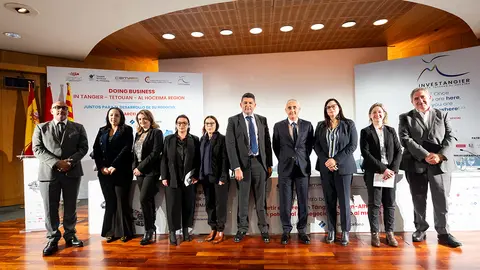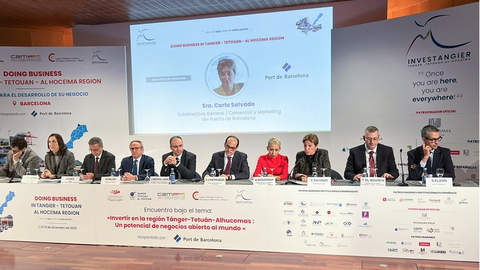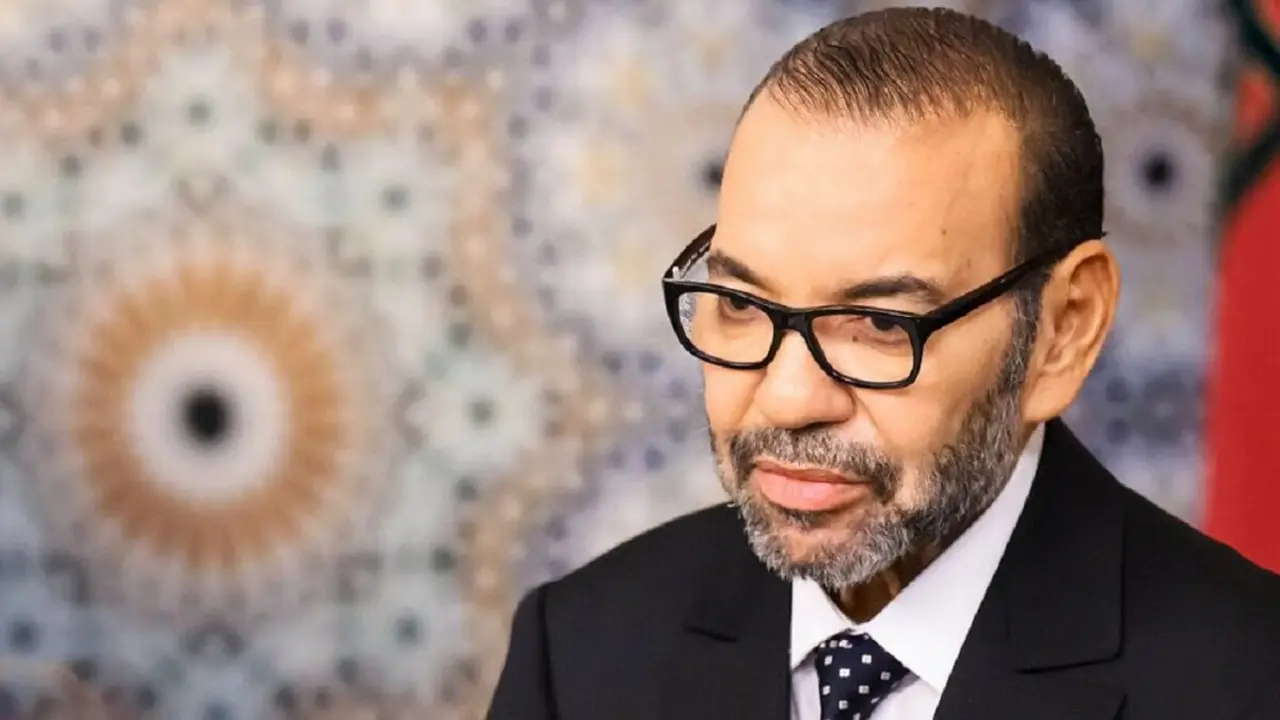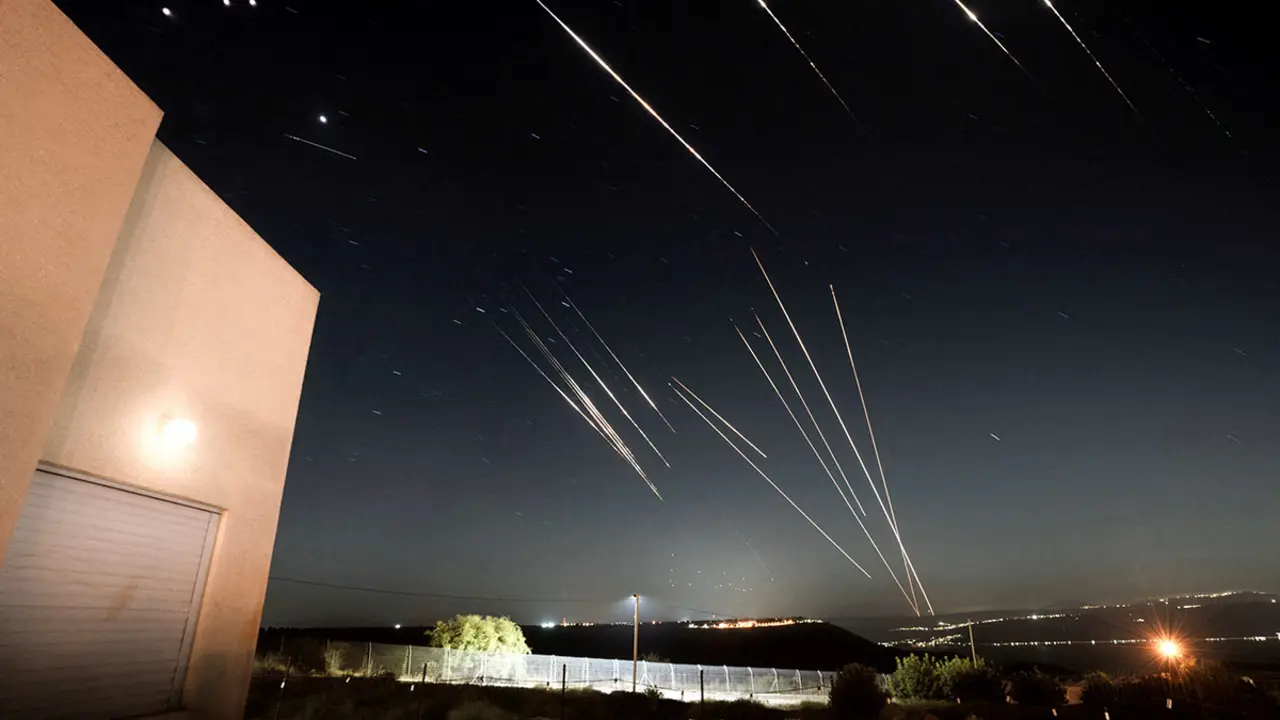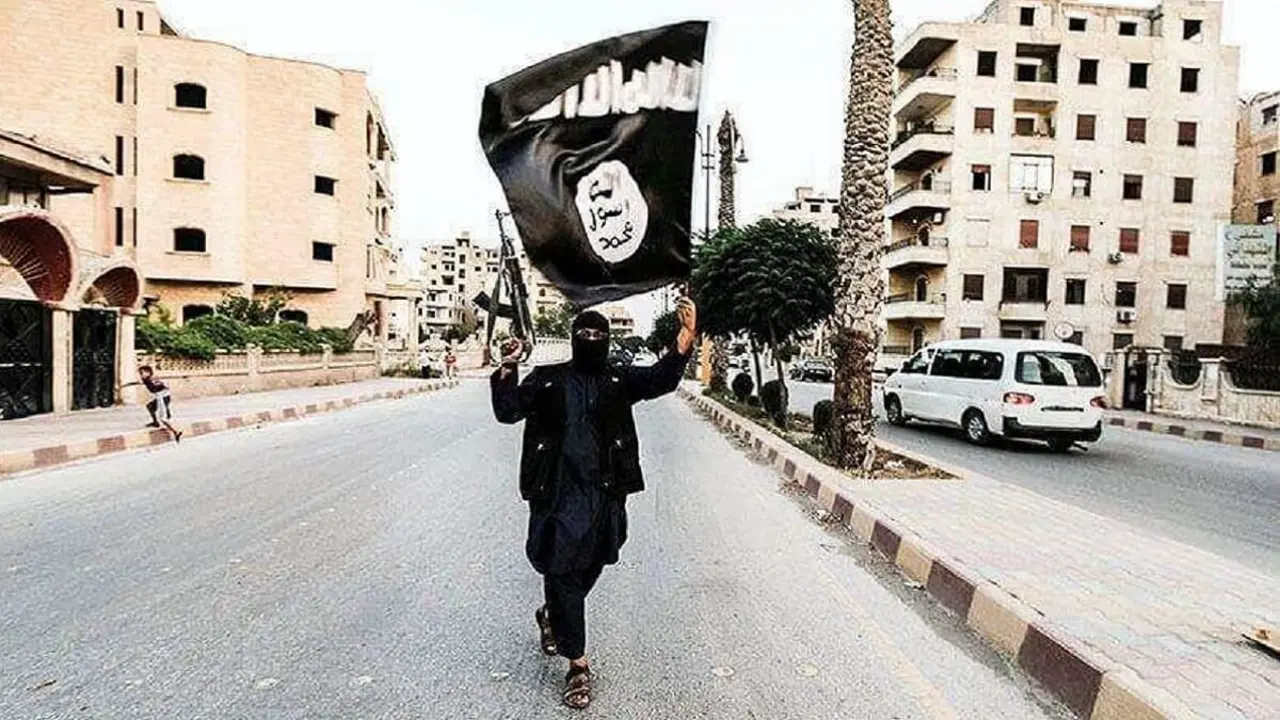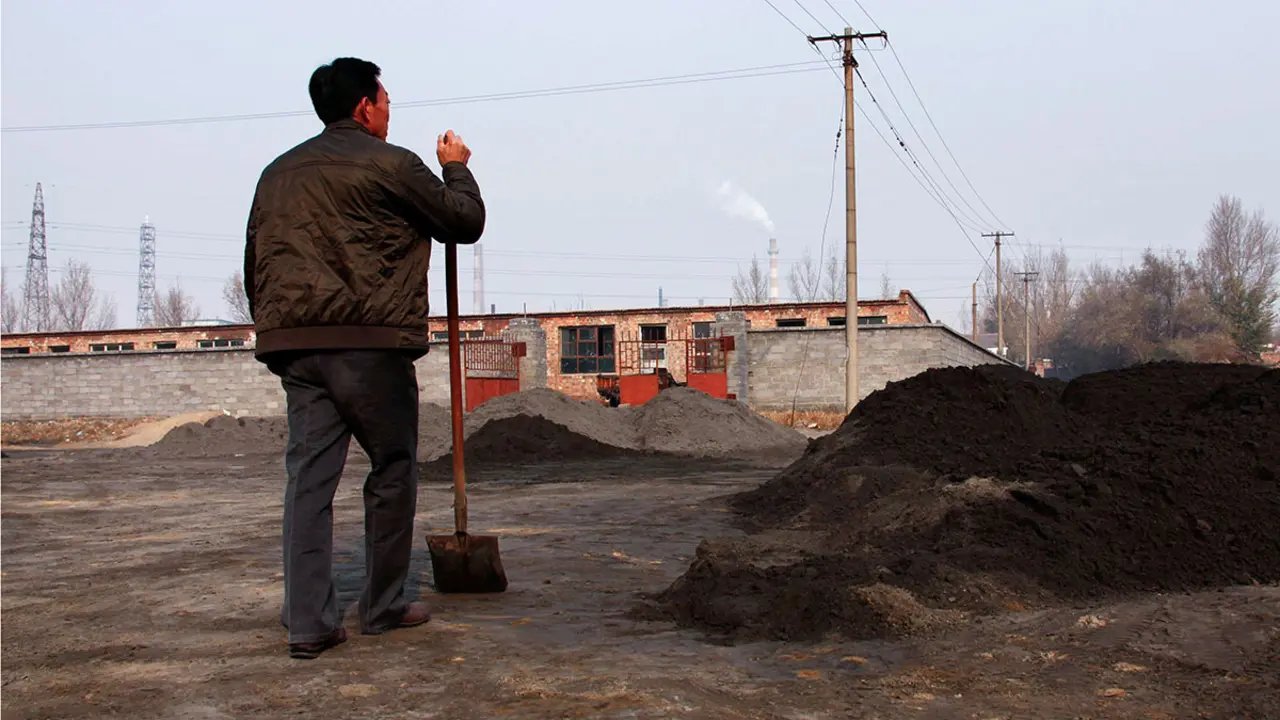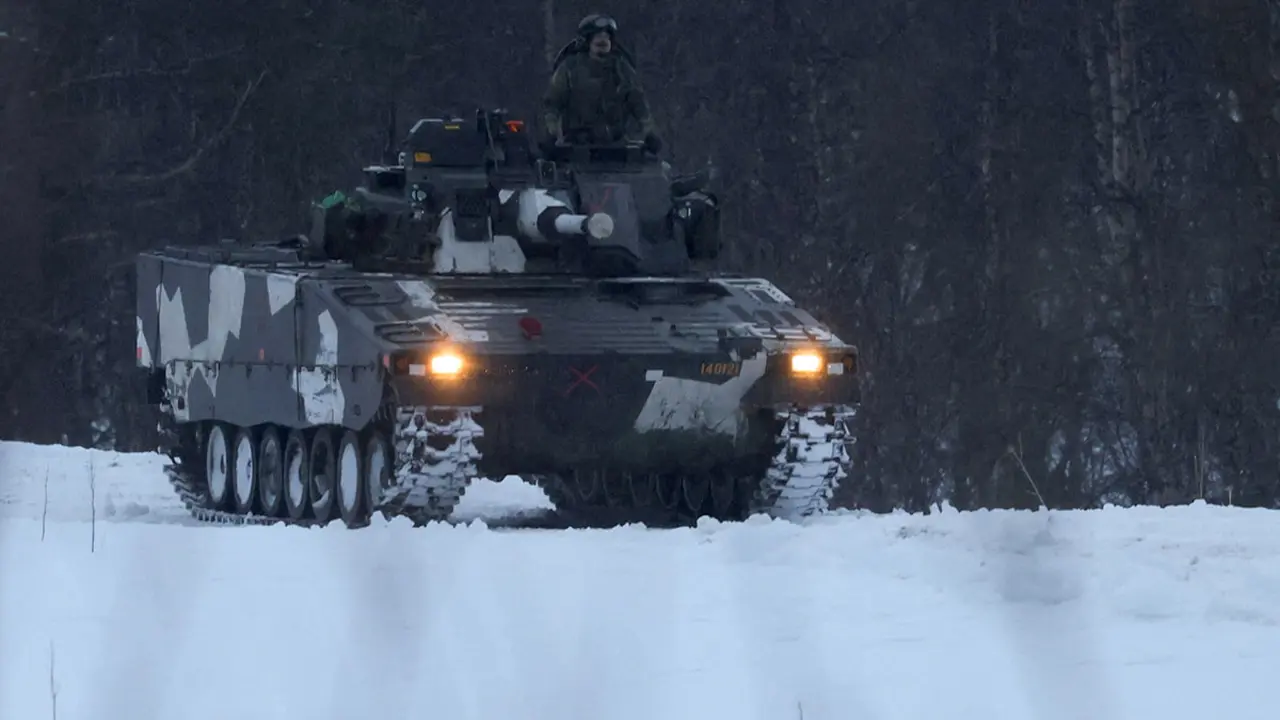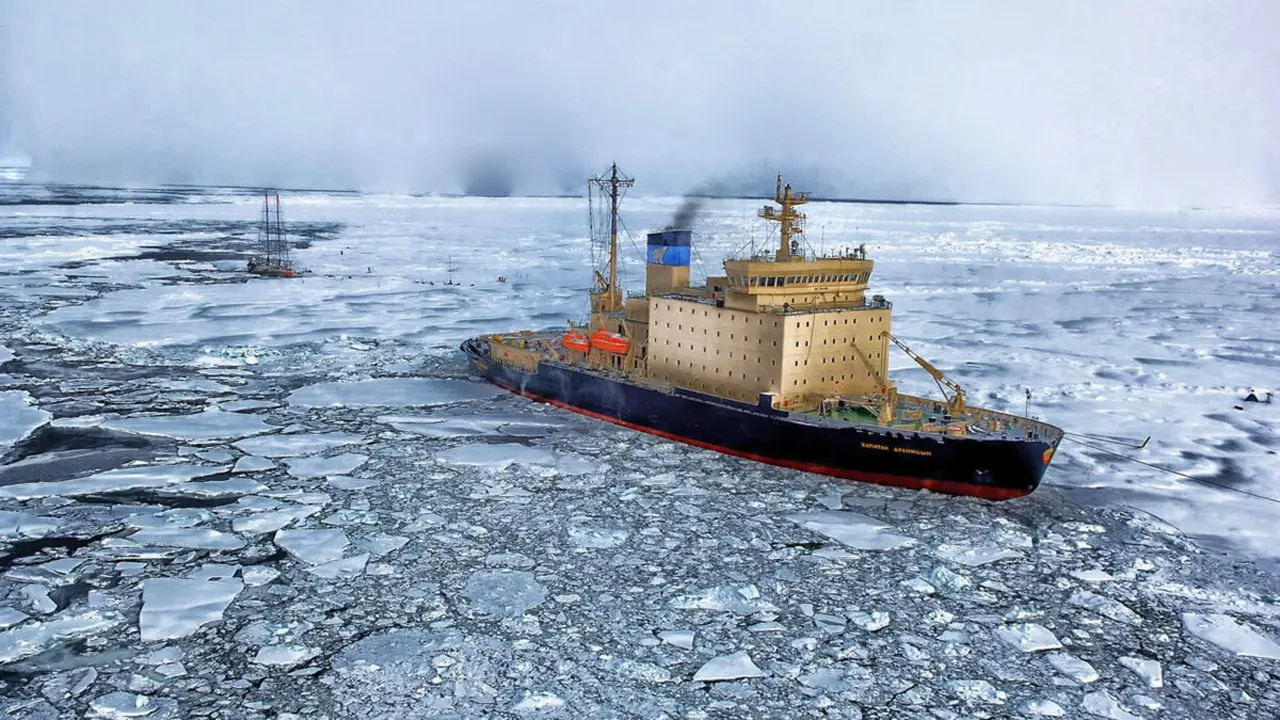These are Morocco's trade and investment dynamics in Africa

Seven years after the royal speech delivered on the occasion of the 2014 Moroccan-Ivorian Economic Forum in Abidjan, when King Mohammed VI stressed that "Africa must trust Africa", the African Union officially launched the first phase of the African Continental Free Trade Area (AfCFTA), in implementation of one of the strategic objectives of the African Union's Agenda 2064. This represents a concrete sign of the crystallisation of this trust that Morocco is carefully implementing in its relations with the continent.
Through its dynamics, Morocco aims to achieve three main objectives: first, to take advantage of the economic opportunities offered by the new international environment to give new impetus to the socio-economic development of African countries in the service of their peoples. Second, to guarantee the sovereignty of African states and reduce the dependence of their economies on extra-continental powers. Third, to plan the continent's ecological transition and invent a sustainable African model of development.
To achieve these objectives, the North African country is undertaking three essential dynamics in its economic relations with the rest of Africa, in order to consolidate trade and economic ties with its African depth.
Morocco's trade integration dynamics in the African region
In addressing Morocco's trade relations with the rest of African countries, it highlights the value of Morocco's annual trade exchanges with Africa over the period 2020-2022 which translates the progress of these inter-African economic relations. Thus, Morocco's total exports during the period 2020-2022 to the rest of Africa have experienced a steady growth; reaching 28% in 2021, then rising to 66% in 2022.
Automobiles, as well as processed agri-food products (particularly fishery products), electrical and plastic products, and fertilisers, mineral fertilisers and chemicals represent Morocco's main exports to Africa over the 2020-2022 period, accounting for between 77% and 83% of the total value of Morocco's annual exports to African markets, including Djibouti, Kenya, Nigeria, Tanzania, Ethiopia, Côte d'Ivoire, Benin and Mozambique.
As for Moroccan imports from other African countries, they almost doubled in the period 2020-2022 from a total annual value of $1.5 billion to $2.5 billion, including mineral fuels (30 per cent in 2022).
In terms of markets, over the past three years, Egypt, Tunisia and Algeria were Morocco's main suppliers. For fuel and inorganic chemicals, for example, South Africa was Morocco's top supplier during this period. The same is also true for fats, where Côte d'Ivoire has distinguished itself as the Kingdom's leading supplier.

Dynamics of Moroccan investment in Africa: co-development as a main objective
In contrast to trade, investments in other African countries in the period 2020-2022 were special due to the health crisis. In the post-pandemic period, the presence of the African option in Morocco's foreign investment is mainly oriented towards the tertiary sector, which prevails over the other traditional industrial sectors, in terms of value, and especially in financial and insurance activities, reflecting the importance of the Moroccan services sector as a producing sector generating local and international added value.
The Alawi kingdom's continental strategy launched by Mohammed VI was developed through a multilateral partnership between Morocco and each of the sub-Saharan countries. State investment and the many agreements signed in diversified areas have mobilised significant public investment in the continent, in line with a philosophy of unrestricted exchange and transfer of Moroccan expertise.
Moroccan companies, public and private, followed the path set by this clear strategic will declared by the State and materialised by a remarkable dynamism of banks and leading companies in key sectors in Morocco, and by the action of the financial hub that is Casablanca Finance City (CFC) in Africa.
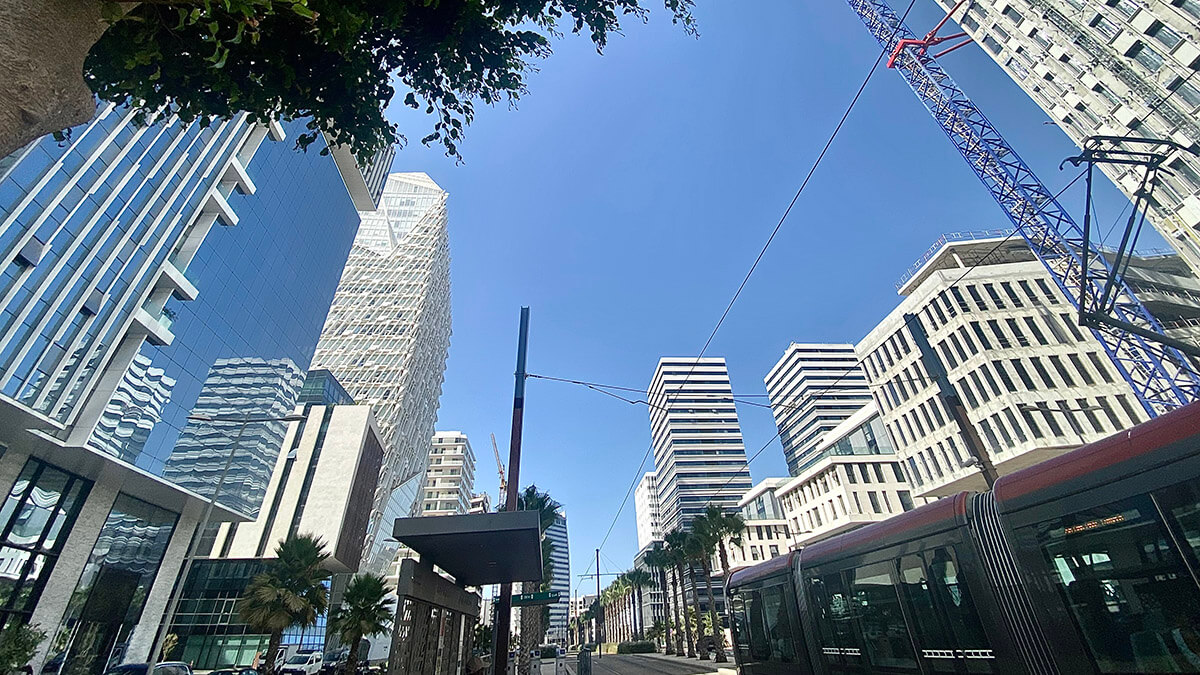
Created in 2010 as a public-private partnership, the CFC aims to attract international capital flows to invest in Africa, thus contributing to the development of the entire continent within the framework of South-South cooperation.
It is worth noting here that Morocco has invested nearly $5 billion in sub-Saharan Africa in a decade to position itself as the second largest intra-African investor and the largest investor in West Africa. As a result, Morocco has risen from 130th to 50th place in the world and continues to make progress.
Moroccan companies operating on the continent work in diversified sectors such as finance, banking, insurance, telecommunications, transport, public works, tourism, agriculture, agribusiness, fertilisers, pharmaceuticals and services. However, this African rootedness is not limited to material investments; Morocco also shares with the continent a multilateral cooperation, through agreements and conventions between states signed during the many visits made by King Mohammed VI to the continent, on diversified aspects ranging from administrative, academic, technical cooperation and human development, to cultural and religious matters.

Infrastructure dynamics: a continent equals infrastructure
Among the urgent and necessary investments for Africa's development and the mobilisation of productive investments, economic and social infrastructures constitute a heavy financial burden. But this infrastructural imperative is unavoidable, despite the obstacles of the continent's size, the many natural barriers (Sahara, mountains, rivers, etc.), and the urgency of preserving biodiversity. This complicates the situation for the development of African infrastructure.
Added to this is the fact that Africa faces a great paradox in terms of infrastructure investment. On the one hand, the needs are enormous and represent more than 3.5% of continental GDP, on the other hand, the number of bankable projects is very small and the lead times are too long.
Nevertheless, building and renovating the continent's infrastructure is an urgent necessity, not only because of the systemic implementation of Agenda 2063, but also, and above all, because of the commitment of each of the 54 states to an inter-African philosophy of integrated links in order to create synergies and rationalise the use of the continent's resources for the benefit of the African population.

Financial engineering implies, in this case, a strong continental commitment through the African Union, whose guarantee is necessary to mobilise the various parties that can intervene. As well as resolving the problem of the lack of synergy and political commitment that needs to be updated, the African Union Guarantee Fund should be consolidated and activated, with the African Development Bank (ADB), which is distinguished by its direct dynamism on the African market. Added to this is the polemic of the geostrategic bias that is becoming more urgent and translates into a "war of the powers" in Africa, which can be both an asset and a threat.
Within the framework of the maxim "one continent, one infrastructure" inserted in the African Union's Agenda 2063, Morocco's philosophy of engagement is based on several principles and various strategic pillars, relying on the establishment of trade corridors oriented towards the African continent in four areas: Air, Sea, Land and Digital.
Among the emblematic structuring projects launched by Morocco in this context, the Cairo/Dakar motorway, blocked on the border between Mali and Algeria since 1994, the Port Nador West, the first port in Africa, Tangier Med with its four terminals; the ports of Jorf Lasfar, Safi and Agadir, as well as the Atlantic port of Dakhla, the Royal Air Maroc (RAM) air routes in Africa, the TELECOM links, the industrial and agricultural projects of the OCP, the Morocco-Nigeria gas pipeline, the future Atlantic Corridor, rural electrification... among others.

In line with the main global and regional challenges, Morocco advocates the production and use of renewable energies (solar and wind energy and green hydrogen), participation in the success of the free trade area (AfCFTA) and the construction of regional value chains.
The success of Moroccan action on the continent and in favour of its people requires a deepening of the South-South partnership advocated by the Kingdom and joint work to implement an African strategy for inclusive and sustainable development, notably by taming international greed, harnessing it, mobilising innovative financing, benefiting from continental resources.
In addition to the synergies and rationality to be developed at the level of the various blocs: Maghreb/West Africa, Maghreb/Sahel, Atlantic Corridor, East-West Corridor (Egypt-Morocco and Economic Community of West African States ECOWAS...), Morocco stresses the urgency of reviving the Maghreb and energising the rest of Africa's sub-regional groupings as sources guaranteeing the desired complementarity at the continental level.

